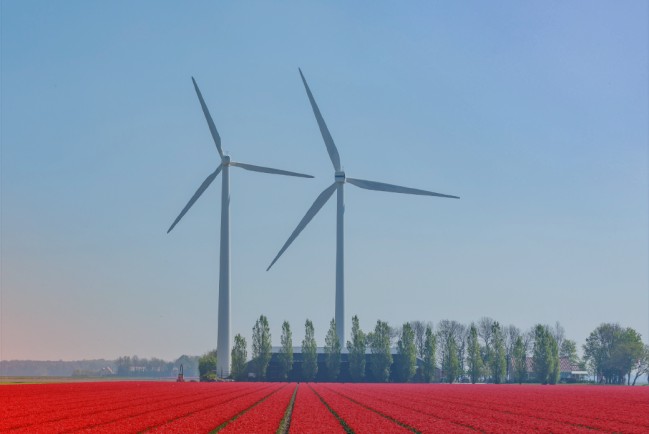How to fill the coal gap? 43% RES by 2030?
Report
Poland has started phasing out coal. But while production is decreasing, CO2 emission allowances are becoming increasingly expensive. After 2025, when public support for outdated coal blocks runs out, energy companies will want to shut them down. With a decade, at least 10 GW of power may be lost from the Polish power system. How can this gap be filled?

The answer to this question can be found in the new report How to fill the coal gap? 43% RES by 2030, prepared by Forum Energii in cooperation with the Institute of Power Engineering, Gdańsk Division. The analysis is available only in Polish at this moment. We only provide a presentation that can be downloaded at the bottom of the page.
In a few years, Poland will have a big problem with balancing the power system. The pressure to switch off loss-making coal-fired plants will increase, and further attempts to support their operation from public funds, especially in view of the economic crisis caused by the pandemic, will only deepen these problems. A pragmatic approach is therefore needed to 2030. Taking into account the financial conditions, length of investment processes, and environmental issues, Poland can choose between the development of renewable energy sources and gas to fill the missing production capacity,” Dr Joanna Maćkowiak-Pandera, president of Forum Energii, said. “Our analyses show that RES is not a round peg in the square hole of the Polish power system, but a tool to increase energy security and a method to reduce wholesale prices for industry.
Although last year Poland achieved only 15.4% of RES in electricity production, renewable energy sources will play an increasingly important role in the power sector in the coming years. According to the latest report by Forum Energii, Poland may reach over 43% of RES in the energy mix in 2030. This level guarantees the stability of the power system and undisturbed energy supply to customers. To balance the power system, it requires a moderate amount of gas.
In the 2030 perspective. Poland needs a maximum of 3 GW of power in flexible gas units. The latter is likely to be operative only a dozen or so hours a year - noted one of the co-authors of the analysis, Bogdan Czarnecki, with the Institute of Power Engineering.
Wind and solar power plants do not operate continuously. This means that the energy system, with an increasing share of these sources, will have to change. It is necessary to increase the flexibility of the energy market and to approach the issue of remuneration for work in the national energy system differently. The transport and heating sectors must be integrated. Let us remember that by 2030 we will have a significant number of heat pumps, electric cars, and warehouses that will support energy security - Joanna Maćkowiak-Pandera said.
The analysis How to fill the coal gap? 43% RES by 2030 was based on conservative assumptions. The share of RES in 2030 may be even greater, as much depends on political decisions, strategy, financing, and relevant regulations. For example, offshore and onshore wind farms may develop much faster, but new regulations, such as changes in spatial planning, are needed already this year. It is also important to define the objectives Poland wants to achieve so companies can start planning projects now. Predictability of the market and greater competition will help reduce the costs of the energy transition.


